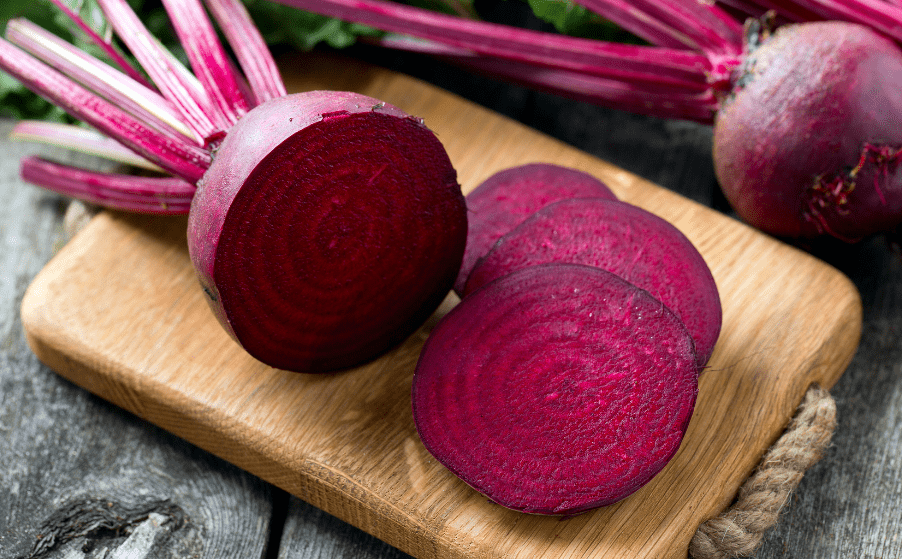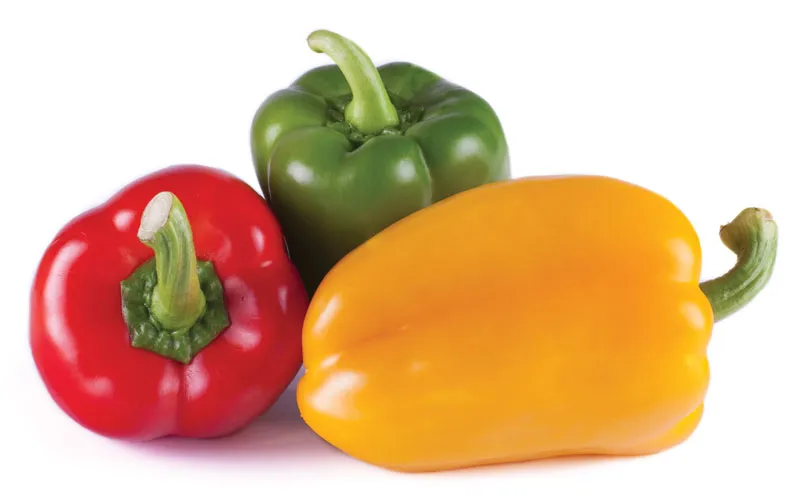
Description
The 1 cm long linear leaves have a curled shape that resembles little pine needles. They have a white underside, curled leaf margins, and a dark green, lustrous exterior. Bees are drawn to the little, bluish blooms, which are produced in axillary clusters.
Varieties
There are several types of rosemary to grow, including:
There are various varieties of rosemary that can be grown, such as:
‘Arp’: This plant is renowned for its ability to withstand freezing temperatures and has light green foliage with a lemony aroma.
‘Golden Rain’: This plant has yellow markings on its foliage and stays compact at 2 to 3 feet high and wide.
“Albus”: This cultivar is distinguished by its white blossoms.
“Prostratus”: This cultivar grows slowly and widely, reaching heights of around 2 feet and widths of 2 to 3 feet.

Uses
The leaves are typically used to season foods, particularly lamb, duck, chicken, shellfish, sausages, stuffing’s, soups, tomatoes, stews, turnips, potatoes, and other vegetables, as well as beverages. The leaves have a pungent and slightly bitter taste.
Nutrition
A single rosemary sprig contains:
Calories: 3.9 caloric
0.1 g of protein
0.2 g of fat
Carbohydrates: 0.6 G
0.4 g of fiber
Cultivation
Rosemary prefers warm, moderately dry climates and needs at least 6 to 8 hours in direct sunlight each day. The plant originates from the Mediterranean region, where early summer and spring temperatures normally range from 68 to 86 degrees Fahrenheit. When the soil is warmer than 65°F after harvest, growth and regeneration are favored.
Table





